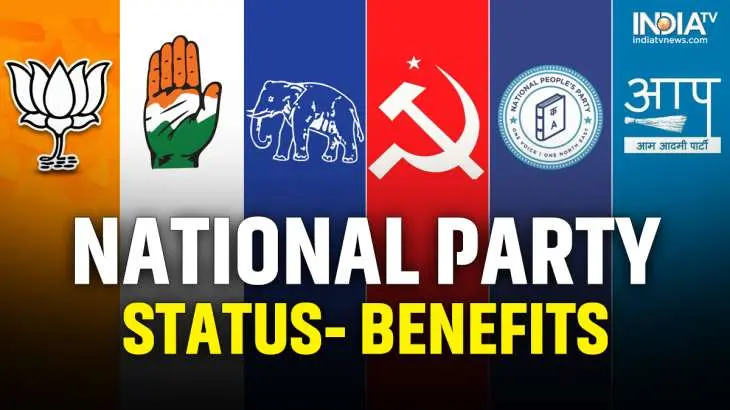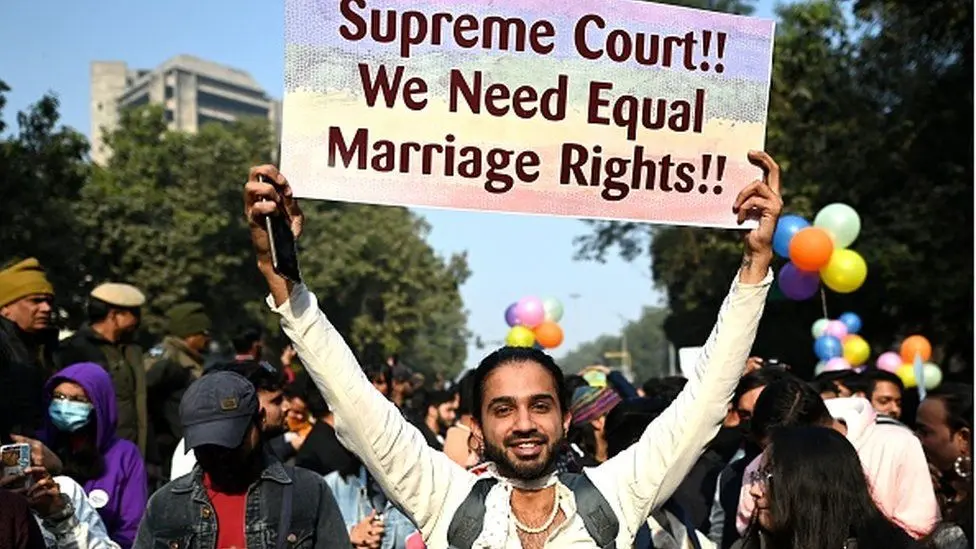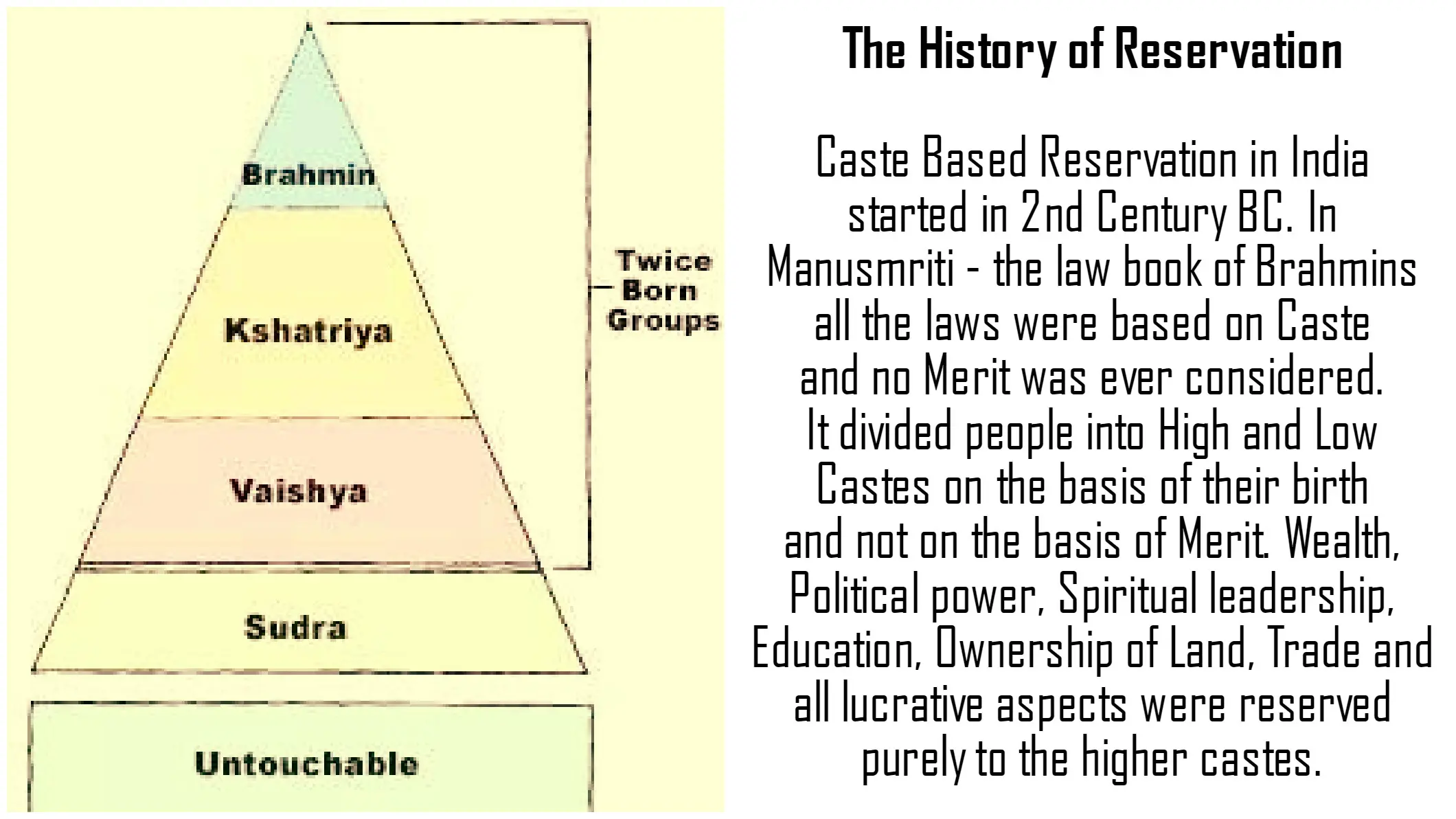UN population report: Key takeaways for India and the world
terrorism as a threat to india
Terrorism is a forceful and unlawful method to achieve a desired goal. It disrupts the social fabric and causes huge loss of life and property. It is the gravest violation of human rights. In the Indian context, terrorism has been inspired by political, ideological and ethnic factors. It is paramount to keep a check on terrorism so that the citizens can peacefully enjoy their social, economic and political rights. The 8th report on terrorism in India published in 2008 defined terrorism as the peacetime equivalent of war crime. The Indian government’s definition of terrorism is same as one widely used by Western nations as well as the United Nations, proposed by Schmid and Jongman in 1988. An act of terror in India includes any intentional anxiety-inspiring method of repeated violence that causes death, injury or property damage, induces fear, and is targeted against any group of people identified by their political, philosophical, ideological, racial, ethnic, religious or any other nature. The immediate human victims of violence are chosen randomly turning them into a target of terror, a target of demands, or a target of attention, however, these direct targets of violence are not the main targets. Terrorism in India includes:(1) Ethno-nationalist terrorism – focuses on (a) creating a separate State within or outside India or (b) on emphasising the views/response of one ethnic group against another. Examples: Acts of violent Tamil Nationalist group LTTE in Sri Lanka; insurgent tribal groups in North East India, Khalistan movement.(2) Religious terrorism – focuses on religious imperatives, a presumed duty towards religion, targeted against other religious groups. Examples: Mumbai 26/11 terror attack in 2008 from an Islamic group named Lashkar-e-Taiba (LeT) of Pakistan. (3) Left-wing terrorism – focuses on economic ideology and considers the existing socio-political structures to be economically exploitative. A violent revolutionary change inspired by Marxist or Maoist ideologies is deemed necessary. Examples: Maoist violence (4) Narcoterrorism – focuses on creating illegal narcotics traffic zones. Sometimes, human trafficking is also a part of such terrorism.India continues to face a number of terror attacks from Islamic groups in Kashmir, Sikh separatists in Punjab, and secessionist groups in Assam. The regions with long term terrorist activities have been Jammu and Kashmir, east-central and south-central India (Naxalism) and the North-Eastern States.Legislation, Law Enforcement, and Border Security (1) Terrorist and Disruptive Activities (Prevention) Act (TADA)In force from 1985 to 1995 (modified in 1987)Introduced in the background of the Punjab insurgency and was applied to the whole of India.This act was intended to halt the Khalistan Movement It later expanded to encompass other states as well. The Act had a sunset provision for lapsing after two years post-commencement, that is, on 24 May 1987. It was the first anti-terrorism law in India. The Tada was repealed and succeeded by the POTA. (2) Prevention of Terrorism Act, 2002 (POTA)The Prevention of Terrorism Act, 2002 was passed with the objective of strengthening anti-terrorism operations in view of several terrorist attacks that were being carried out in India, especially in response to the attack on the Parliament. The Act replaced the Prevention of Terrorism Ordinance (POTO) of 2001 and the Terrorist and Disruptive Activities (Prevention) Act (TADA) (1985–1995), and was supported by the governing National Democratic Alliance. The Act was repealed in 2004 by the United Progressive Alliance coalition. (3) The Unlawful Activities (Prevention) Act (UAPA), 1967Unlawful Activities (Prevention) Act is aimed at prevention of unlawful activities associations in India. Its main objective is to make powers available for dealing with activities directed against the integrity and sovereignty of India. The most recent amendment act- the Unlawful Activities (Prevention) Amendment Act, 2019 (UAPA, 2019) has made it possible for the Union Government to designate individuals as terrorists with due process of law. Historical Background of UAPAThe National Integration Council (1961) appointed a Committee on National Integration and Regionalisation to look into putting reasonable restrictions in the interests of the sovereignty and integrity of India. The agenda of the NIC was set upon the grounds of communalism, casteism and regionalism, and not terrorism. On the recommendations of the committee, the Constitution (Sixteenth Amendment) Act, 1963 was enacted to impose reasonable restrictions in the interests of the sovereignty and integrity of India, namely on:Freedom of Speech and ExpressionRight to Assemble peaceably and without armsRight to Form Associations or Unions(These are the provisions of article 19(1), ie. Right to Freedom, of the Constitution of India.) The Unlawful Activities (Prevention) Amendment Bill, 2019The Unlawful Activities (Prevention) Amendment Bill, 2019 was introduced in Lok Sabha by the Minister of Home Affairs, Mr. Amit Shah, on July 8, 2019, to amend the Unlawful Activities (Prevention) Act, 1967. The Act provides special procedures to deal with terrorist activities, among other things.Under the Act, the central government may designate an organisation as a terrorist organisation if it commits or participates in acts of, or promotes terrorism. The Bill empowers the government to designate individuals as terrorists. An investigating officer of NIA can seize properties that may be connected with terrorism with the prior approval of the Director General of Police. Investigation of cases may be conducted by officers of the rank of Deputy Superintendent or Assistant Commissioner of Police or above. The officers of the NIA, of the rank of Inspector or above can investigate cases.The Act defines terrorist acts as those included in the Convention for the Suppression of Terrorist Bombings (1997), the Convention against Taking of Hostages (1979) and the International Convention for Suppression of Acts of Nuclear Terrorism (2005). The Indian Parliament also passed The National Investigation Agency (Amendment) Act, 2019 to amend the National Investigation Agency (NIA) Act of 2008 to give NIA the ability to investigate terrorism cases overseas in order to improve bilateral law enforcement cooperation. The Act provides for a national-level agency to investigate and prosecute offences listed in a schedule (scheduled offences) and allows for creation of Special Courts for the trial of scheduled offences. These include offences under Acts such as the Atomic Energy Act, 1962, and the Unlawful Activities Prevention Act, 1967. The NIA can also investigate in cases of human trafficking, offences related to counterfeit currency or bank notes, manufacture or sale of prohibited arms, cyber-terrorism, and offences under the Explosive Substances Act, 1908.At the central government level, NIA is the lead law enforcement investigative agency and is empowered to investigate offences within India, and also outside India, subject to international treaties and domestic laws of other countries. Concerns/Criticism of UAPA, 2019The Bill does not contain any provisions to prevent misuse. The power to designate an individual as a terrorist before being proven guilty by trial is in dichotomy with the idea of “innocent until proven guilty”. Moreover, the burden of proof of innocence is on the accusedCategorization as a 'terrorist' by the executive bears serious consequences, such as social boycott or loss of employment.Some desribed it as a “colourable legislation” which bears the potential for abuse by the executive.Other legal measures and their outcomesIndia’s state governments are responsible for law and order. India’s state-level law enforcement agencies play a significant role in detecting, deterring, and preventing acts of terrorism. These state agencies have varying degrees of capability. State antiterrorism squads were created after 2008 for rapid first response.The National Security Guard (NSG) retains the mandate for nationwide response as the sole federal contingency force. However, despite rigorous training, NSG’s rapid response capability is challenged relative to India’s geography and the NSG’s independent logistics capacity. Other challenges include budget constraints and dependence on temporary details and volunteers from the armed forces.Indian security agencies are effective in disrupting terror threats despite some gaps in intelligence and information sharing. In 2016, India and the United States signed an arrangement to exchange terrorism screening information, and India continues to work on implementation. The Indian Multi-Agency Centre (MAC) collaborates with the United States on exchanging terrorist screening information. Larger Indian states have established their own state-level Multi Agency Centers and provided near-real-time information on terrorism to Indian law enforcement agencies. The U.S. government engaged with the Indian government to improve border security and information-sharing capabilities. India is in the process of improving its ability to detect and deter terrorist travel by using watchlists, implementing biographic and biometric screening capabilities at ports of entry, and expanding information sharing. Indian Counter Terrorism (CT) forces, at the federal and state levels, were active in detecting and disrupting transnational and regional terrorist groups, such as ISIS, its local affiliate ISIS-Bangladesh, and Jamaat-ul-Mujahideen Bangladesh (JMB). Indian programs continued to target disaffected sectors of Indian society that were at the highest risk of vulnerability for terrorist radicalization and recruitment. International and Regional Cooperation: India is a member of the FATF and of two FATF-style regional bodies: the Eurasian Group on Combating Money Laundering and Financing of Terrorism (EAG) and Asia-Pacific Group on Money Laundering (APG). India is also active in leadership roles in the following regional and international fora, where it has promoted multilateral CT cooperation: The Global Counterterrorism Forum (the GCTF) The Association of Southeast Asian Nations (ASEAN) Regional Forum The UN Counterterrorism Centre Advisory Board The United Nations Office on Drugs and Crime (UNODC)The Shanghai Cooperation Organization G20 India has agreed to share intelligence on terrorism with Sri Lanka and MaldivesQUAD (the United States, Australia, India, and Japan)What is the Global Terrorism Index?The Global Terrorism Index (GTI) report is produced by the Institute for Economics & Peace (IEP) using data from Terrorism Tracker and other sources. The GTI scores each country on a scale from 0 to 10; where 0 represents no impact from terrorism and 10 represents the highest measurable impact of terrorism. The key aim of the GTI is to examine the trends in order to help inform a positive, practical debate about the future of terrorism and formulate the required policy responses. GTI is a composite measure made up of four indicators: incidents, fatalities, injuries and property damage. As per the 2021 GTI report, India ranked 12th with a score of 7.432. Referenceshttps://www.state.gov/reports/country-reports-on-terrorism-2019/india/https://satp.org/Docs/Document/1170.pdfhttps://www.ohchr.org/sites/default/files/Documents/HRBodies/HRCouncil/AdvisoryCom/Terrorism/NHRC_India_2.pdfhttps://satp.org/Docs/Document/1196.pdfhttps://www.visionofhumanity.org/maps/global-terrorism-index/#/https://www.satp.org/search-satp/classification%20of%20terrorism%20in%20indiahttps://prsindia.org/billtrack/the-unlawful-activities-prevention-amendment-bill-2019















